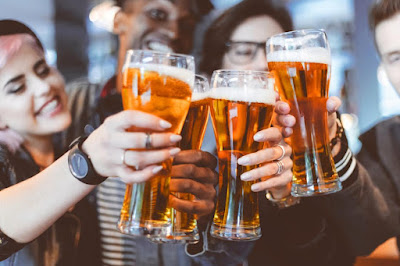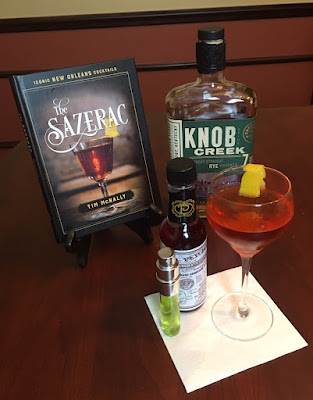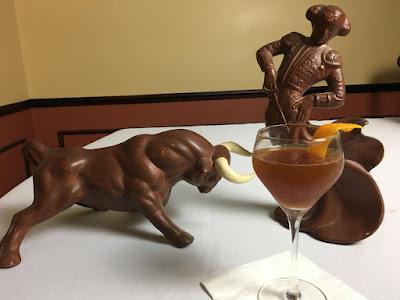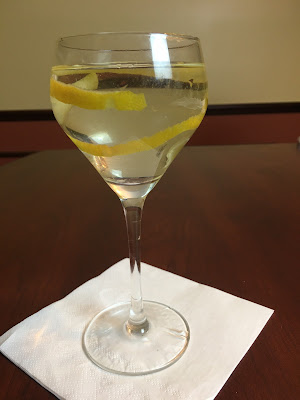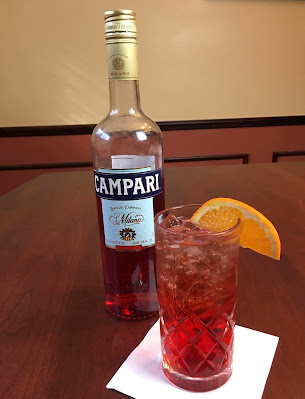Memo to Kids: Drunk Is Cool!

Being drunk is fun. That’s one of the lessons that kids of my generation learned from watching television in the 1960s. My friends and I routinely played at two things: pretended to get shot and die (westerns were big then) and stagger around pretending to be drunk—on TV (and in film, for that matter) being drunk was nearly always played for laughs. To give an example from “Star Trek,” hands down my favorite TV show: In the second season episode “By Any Other Name,” the Enterprise is hijacked by emotionless aliens who neutralize every crewman aboard the ship except Kirk, Spock, McCoy, and Scotty. The aliens have had to assume human form in order to control the Enterprise, which of course is designed for humans, and as a result have acquired unaccustomed human emotions--a vulnerability that Kirk, Spock, McCoy, and Scotty exploit to retake the ship. Kirk (inevitably) seduces one of the aliens who has assumed female form. Spock manipulates the alien leader to become murderously jealo
